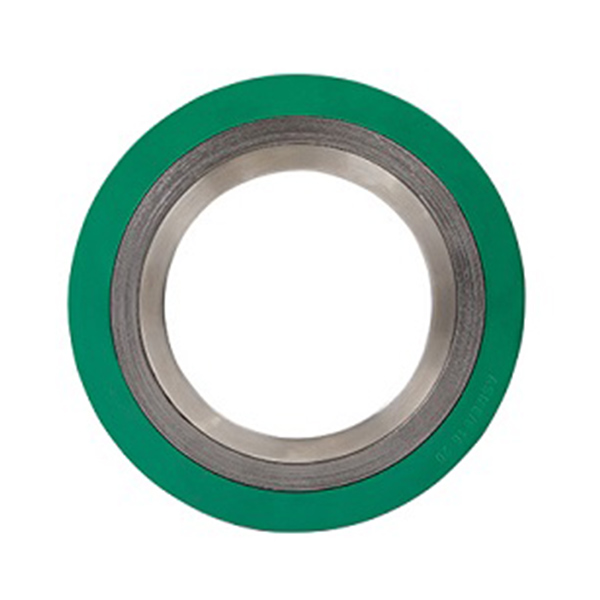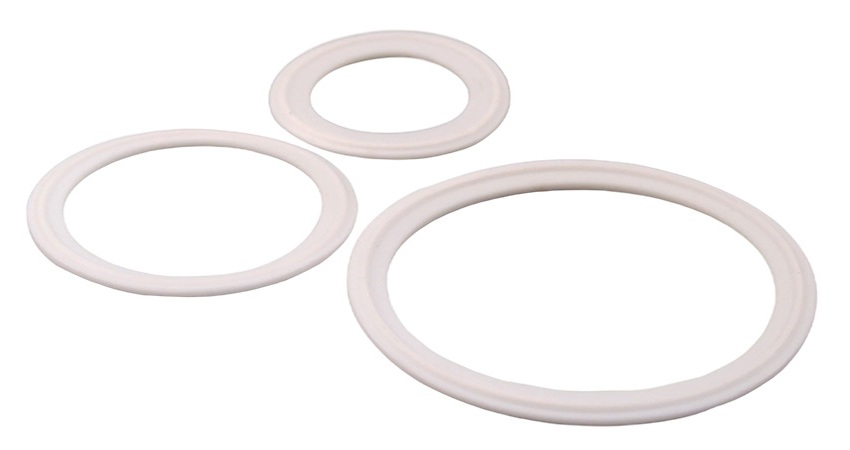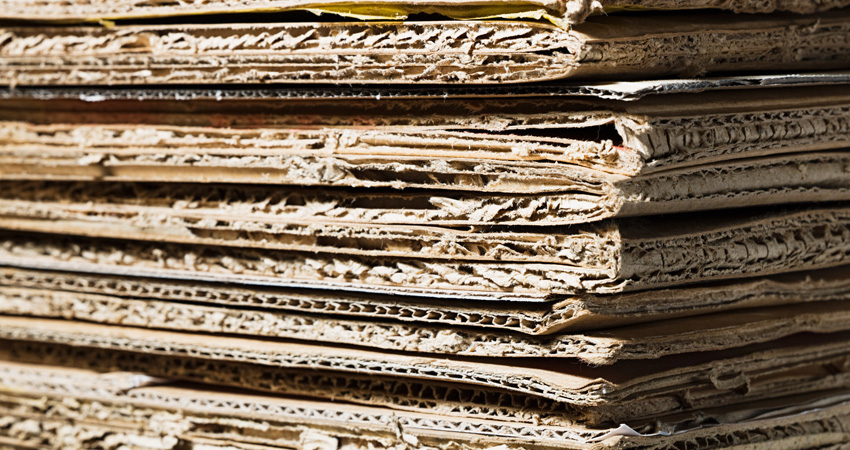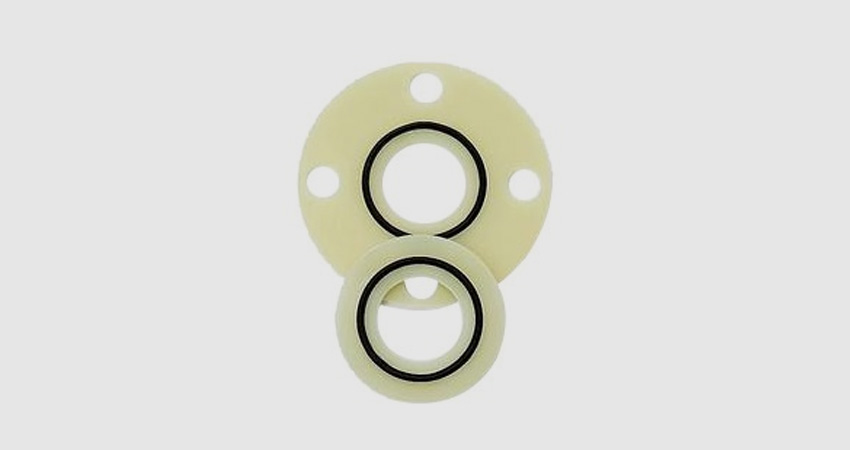Dust free Asbestos
What Is Dust Free Asbestos?
Dust free asbestos represents a significant innovation in building materials, engineered to eliminate the health risks traditionally associated with conventional asbestos. This advanced material is processed to minimize airborne dust, making it safer to handle and install while retaining the beneficial properties of asbestos, such as high heat resistance, durability, and insulation capabilities. It is widely used in industrial, commercial, and residential applications where fireproofing and thermal insulation are critical.
Key Product Parameters
Our dust free asbestos products are manufactured to meet strict quality standards, ensuring reliability and performance. Below are the detailed specifications presented in list and table formats for clarity.
Product Specifications List
- Material Composition: Chrysotile asbestos fibers combined with binding agents and dust-suppression additives.
- Density: Ranges from 600 kg/m³ to 900 kg/m³, depending on the product type.
- Thermal Conductivity: 0.05 – 0.10 W/(m·K), providing excellent insulation.
- Maximum Service Temperature: Up to 600°C (1112°F) for continuous exposure.
- Thickness Options: Available in 10mm, 20mm, 30mm, and 50mm panels or sheets.
- Fire Rating: Class A1 non-combustible according to international standards.
- Moisture Resistance: Low water absorption, typically less than 5% by volume.
- Dimensions: Standard sheets are 1200mm x 600mm, with custom sizes available.
- Color: Typically white or light gray, with options for surface coatings.
- Certifications: Complies with ISO 9001, ASTM, and EU safety regulations.
Detailed Product Comparison Table
| Parameter | Standard Grade | High-Density Grade | Flexible Grade |
|---|---|---|---|
| Density (kg/m³) | 600 – 700 | 800 – 900 | 500 – 600 |
| Thermal Conductivity (W/(m·K)) | 0.08 – 0.10 | 0.05 – 0.07 | 0.09 – 0.12 |
| Max Temperature (°C) | 500 | 600 | 400 |
| Thickness (mm) | 10, 20, 30 | 20, 30, 50 | 10, 15 |
| Application | General insulation | High-heat areas | Curved surfaces |
| Price Range (per m²) | $20 – $30 | $35 – $50 | $25 – $40 |
Applications of Dust Free Asbestos
Dust free asbestos is versatile and suitable for various industries. Common applications include thermal insulation in boilers, pipes, and furnaces; fireproofing in building construction; acoustic insulation in theaters and studios; and gasket or sealant production in automotive and aerospace sectors. Its dust-free nature makes it ideal for environments where air quality is a concern, such as hospitals, schools, and residential buildings.
Frequently Asked Questions (FAQs)
What makes dust free asbestos different from traditional asbestos?
Dust free asbestos is treated with specialized additives and manufacturing processes that suppress dust generation, reducing airborne fibers and minimizing health risks during handling and installation, unlike traditional asbestos which can release hazardous dust.
Is dust free asbestos safe to use?
Yes, when handled according to manufacturer guidelines and local regulations, dust free asbestos is designed to be safer than conventional forms. However, it is still recommended to use protective equipment like masks and gloves during installation to avoid any potential exposure.
Can dust free asbestos be used in residential buildings?
Absolutely. It is commonly used in homes for insulation and fireproofing, especially in attics, walls, and around heating systems. Always ensure compliance with building codes and professional installation for optimal safety.
How does the thermal performance of dust free asbestos compare to other materials?
Dust free asbestos offers superior thermal insulation properties, often outperforming materials like fiberglass or mineral wool in high-temperature applications, with thermal conductivity values as low as 0.05 W/(m·K).
What are the environmental impacts of dust free asbestos?
Our products are manufactured with eco-friendly processes and comply with environmental standards. They are durable and long-lasting, reducing the need for frequent replacements, but proper disposal methods should be followed to minimize environmental impact.
Are there any specific maintenance requirements for dust free asbestos?
No special maintenance is needed beyond routine inspections for damage. If the material is damaged, it should be repaired or replaced by professionals to maintain its dust-free properties and safety.
Can dust free asbestos be painted or coated?
Yes, it can be painted with high-temperature resistant paints or coatings to match aesthetic requirements without compromising its functionality, but always use products compatible with the material.
Where can I purchase dust free asbestos products?
They are available through authorized distributors, construction suppliers, and online platforms. Ensure you buy from reputable sources to guarantee product quality and authenticity.















